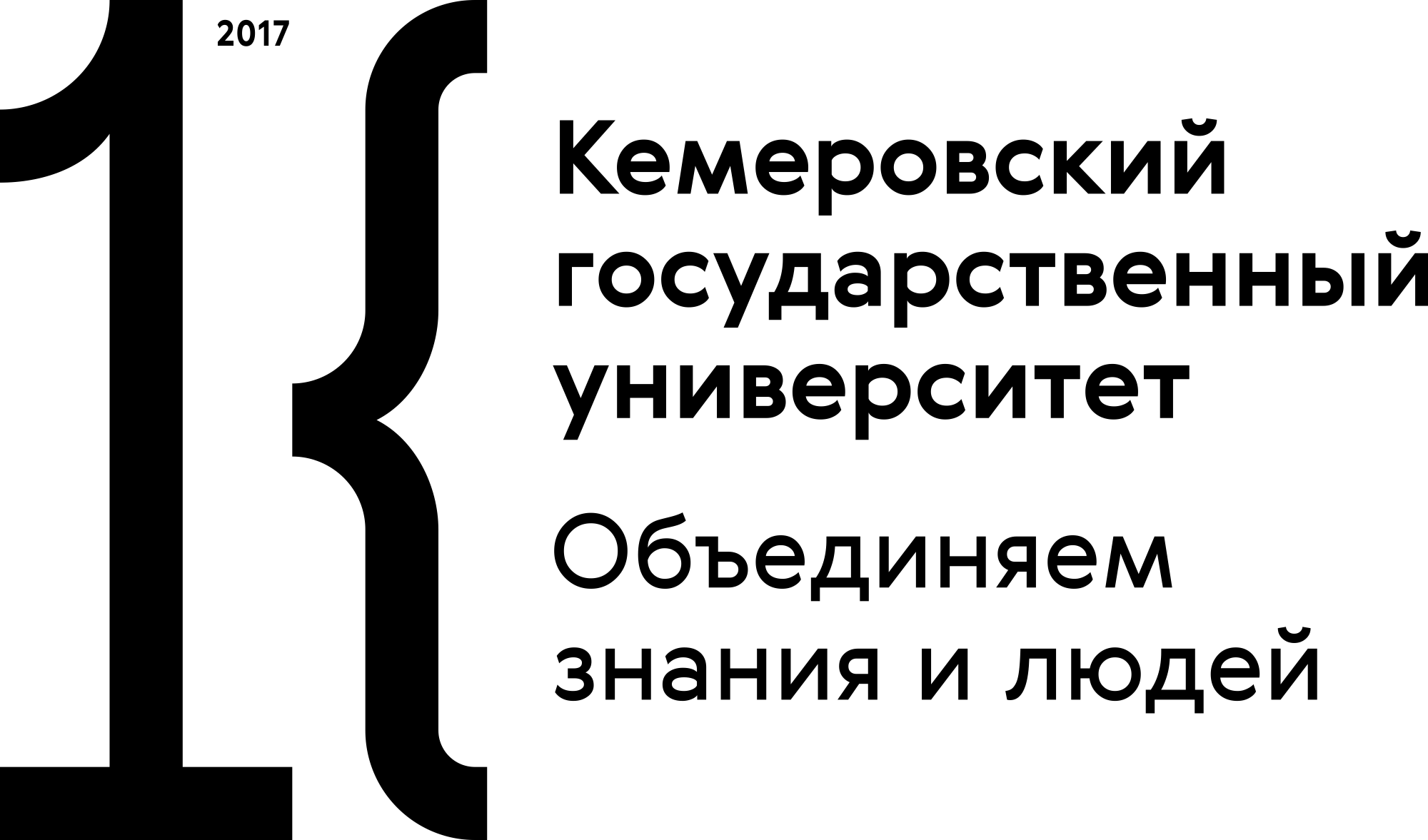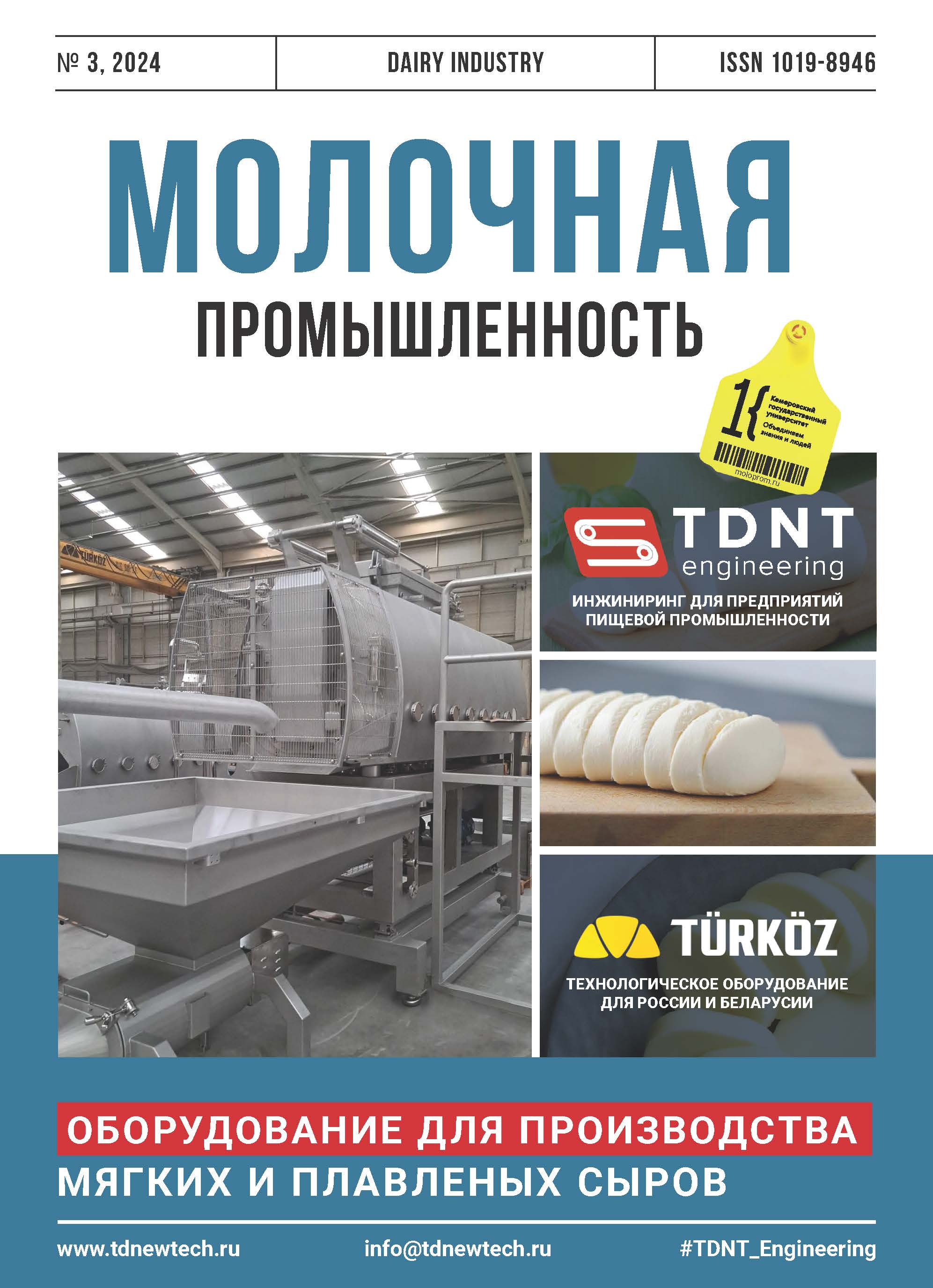Moscow, Russian Federation
Moscow, Russian Federation
The present research featured the electrochemical phenomena and patterns that occur during electrolysis of water and its sodium chloride solutions in the anode chamber. The authors applied the obtained electrochemically activated solutions of anolytes as antimicrobial drugs. The research objective was to study the physical and chemical properties of active chlorine-containing oxidizing agents obtained from salt aqueous solutions of sodium chloride under different electrochemical conditions. The physicochemical tests of acidic anolyte solutions involved the AQUATRON-ML- 05 laboratory unit for electrochemical treatment of water and aqueous solutions. The experiments revealed the effect the time needed for electrochemical activation of sodium chloride solutions had on the active chlorine in anolytes. The data obtained on the electrical conductivity of these solutions showed that they could be used in automated washing systems. Research prospects include the options to combine cleaning and antimicrobial properties of acid anolytes.
electrolysis, electrochemically activated solutions, chlorine oxidizers, active chlorine,anolyte, conductivity, disinfection
1. Kuzina, Zh. I. Sanitarno-gigienicheskie meropriyatiya na predpriyatiyah molochnoy promyshlennosti : monografiya / Zh. I. Kuzina, B. V. Manevich. – Moskva : VNIMI, 2015. – 480 s.
2. Bahir V. M. Fizicheskaya priroda yavleniy aktivacii veschestv / V. M. Bahir, A. G. Liakumovich, P. A. Kirpichnikov [i dr.]. – AN UzSSR, 1983. Ser. tehn. nauk., № 1. S.60–64.
3. Bahir V. M. O prirode elektrohimicheskoy aktivacii sred / V. M. Bahir, P. A. Kirpichnikov, A. G. Liakumovich [i dr.] // Dokl. AN SSSR. 1986. T. 286, № 3. S. 663–666.
4. Byval'cev, A. I. Svoystva aktivirovannoy vody i ee ispol'zovanie v pischevoy tehnologii / A. I. Byval'cev, G. O. Magomedov, V. A. Byval'cev // Hranenie i pererabotka sel'hozsyr'ya. 2008. № 7. S. 49–53. https://elibrary.ru/jwffzd
5. Ignatov, I. The evaluation of the mathematical model of interaction of electrochemically activated water solutions (anolyte and catholyte) with water / I. Ignatov [et al.] // European Reviews of Chemical Research. 2015. V. 4. P. 72–86. https://doi.org/10.13187/ercr.2015.4.72
6. Zhang, J. Impact of reactive oxygen species on cell activity and structural integrity of Gram-positive and Gram-negative bacteria in electrochemical disinfection system / J. Zhang [et al.] // Chemical Engineering Journal. 2023. V. 451. P. 138879. https://doi.org/10.1016/j.cej.2022.138879
7. Kim, C. Roles of oxidation–reduction potential in electrolyzed oxidizing and chemically modified water for the inactivation of food-related pathogens / C. Kim, Y. C. Hung, R. E. Brackett // Journal of food protection. 2000. V. 63. №. 1. P. 19–24. https://doi.org/10.4315/0362-028X-63.1.19
8. Liao, L. B. The generation and inactivation mechanism of oxidation–reduction potential of electrolyzed oxidizing water / L. B. Liao, W. M. Chen, X. M. Xiao // Journal of Food Engineering. 2007. V. 78. №. 4. P. 1326–1332. https://doi.org/10.1016/j.jfoodeng.2006.01.004
9. Ignatov, I. Effects of electrochemically activated water catholyte and anolyte on human health / I. Ignatov [et al.] // Journal of Nursing Research and Practice. 2019. V. 3. P. 12–13.
10. Gadzhimuradova, Z. T. Izuchenie effektivnosti ekologicheski bezopasnyh kompoziciy na osnove elektrohimicheski aktivirovannyh rastvorov hlorida natriya / Z. T. Gadzhimuradova, A. M. Musaev // Gornoe sel'skoe hozyaystvo. 2019. №. 4. S. 141–144. https://doi.org/10.25691/GSH.2019.4.025; https://elibrary.ru/uhlsvc
11. Mubanga, F. Dezinfektant na osnove elektrohimicheskogo rastvora (metastabil'nyh veschestv) i ego primenenie dlya dezinfekcii zhivotnovodcheskih pomescheniy / F. Mubanga, O. G. Petrova // Vestnik biotehnologii. 2021. № 2 (27). https://elibrary.ru/kzcexk
12. Ipatova, L. G. Vozmozhnosti primeneniya dezinficiruyuschego sredstva Anolit ANK SUPER v medicinskih organizaciyah / L. G. Ipatova, S. D. Marchenko, T. V. Potupchik // Vrach. 2021. T. 32, № 5. S. 67–74. https://doi.org/10.29296/25877305-2021-05-13; https://elibrary.ru/gnvjme
13. Rahmani, A. R. A comprehensive study of electrochemical disinfection of water using direct and indirect oxidation processes / A. R. Rahmani [et al.] // Journal of Environmental Chemical Engineering. 2019. V. 7. №. 1. P. 102785. https://doi.org/10.1016/j.jece.2018.11.030
14. Hand, S. Electrochemical disinfection in water and wastewater treatment: identifying impacts of water quality and operating conditions on performance / S. Hand, R. D. Cusic // Environmental science & technology. 2021. V. 55. №. 6. P. 3470–3482. https://doi.org/10.1021/acs.est.0c06254
15. Prokopenko, A. A. Tehnologiya dezinfekcii vetsanob'ektov napravlennymi aerozolyami anolita Peroks / A. A. Prokopenko, N. E. Vanner [i dr.] // Rossiyskiy zhurnal Problemy veterinarnoy sanitarii, gigieny i ekologii. 2020. № 3(35). S. 322–327. https://doi.org/10.36871/vet.san.hyg.ecol.202003006; https://elibrary.ru/dybezp
16. Martínez-Huitle, C. A. Electrochemical alternatives for drinking water disinfection / C. A. Martínez-Huitle, E. Brillas // Angewandte Chemie International Edition. 2008. V. 47. №. 11. P. 1998–2005. https://doi.org/10.1002/anie.200703621
17. Feng, C. Water disinfection by electrochemical treatment / C. Feng [et al.] // Bioresource technology. 2004. V. 94. №. 1. P. 21–25. https://doi.org/10.1016/j.biortech.2003.11.021
18. Li, X. Y. Electrochemical wastewater disinfection: Identification of its principal germicidal actions / X. Y. LI [et al.] // Journal of Environmental Engineering. 2004. V. 130. №. 10. P. 1217–1221. https://doi.org/10.1061/(ASCE)0733-9372(2004)130:10(12117)
19. Diao, H. F. Electron microscopic investigation of the bactericidal action of electrochemical disinfection in comparison with chlorination, ozonation and Fenton reaction / H. F. Diao [et al.] // Process biochemistry. 2004. V. 39. №. 11. P. 1421–1426. https://doi.org/10.1016/S0032-9592(03)00274-7
20. Drees, K. P. Comparative electrochemical inactivation of bacteria and bacteriophage / K. P. Drees [et al.] // Water research. 2003. V. 37. №. 10. P. 2291–2300. https://doi.org/10.1016/S0043-1354(03)00009-5
21. Flis, I. E. Issledovanie processov i ravnovesiy v rastvorah kislorodnyh soedineniy hlora, primenyaemyh pri otbelke cellyulozy i tkaney : diss. … doktora him. nauk / I. E. Flis. – Leningrad, 1959. – 521 s.
22. Tumanova, T. A. Issledovanie okislitel'nyh svoystv vodnyh rastvorov hlora i ego kislorodnyh soedineniy v svyazi s otbelkoy cellyulozy : diss. … doktora him. nauk / T. A. Tumanova. – Leningrad, 1975. – 519 s.
23. Halliwell, B. Free radicals in biology and medicine / B. Halliwell, J. M. C. Gutteridge. – Oxford university press, USA, 2015. – 936 p.
24. Mishurina, O. A. Himicheskie prevrascheniya kislorodsoderzhaschih ionov hlora rastvorov pri raznyh znacheniya diapazona rN / O. A. Mishurina, L. V. Chuprova, E. R. Mullina // Mezhdunarodnyy zhurnal prikladnyh i fundamental'nyh issledovaniy. 2014. № 2-2. S. 43–46. https://elibrary.ru/rwetbb
25. McFerson, L. L. Understanding ORP's role in the disinfection process / L. L. McFerson // Water Eng. Management. 1993. V. 140. P. 29–31.
26. Bahir, V. M. K probleme poiska putey promyshlennoy i ekologicheskoy bezopasnosti ob'ektov vodopodgotovki i vodootvedeniya ZhKH / V. M. Bahir // Vodosnabzhenie i kanalizaciya. 2009. №. 1. S. 55–62.
27. Cao, W. Efficiency of slightly acidic electrolyzed water for inactivation of Salmonella enteritidis and its contaminated shell eggs / W. Cao [et al.] // International Journal of Food Microbiology. 2009. V. 130. №. 2. P. 88–93. https://doi.org/10.1016/j.ijfoodmicro.2008.12.021
28. Vashkov, V. I. Antimikrobnye sredstva i metody dezinfekcii pri infekcionnyh zabolevaniyah / V. I. Vashkov – M.: Medicina, 2016. – 296 c.
29. Bakhir, V. M. Electrochemical activation: inventions, systems, technology / V. M. Bakhir, S. A. Panicheva, V. I. Prilutsky, V. G. Panichev/ – Moscow: Viva-Star. – 2021. – 660 p.
30. Belko, A. A. Elektrohimicheski aktivirovannye rastvory v zhivotnovodstve / A. A. Belko, I. V. Brylo, A. A. Macinovich [i dr.] // Uchenye zapiski uchrezhdeniya obrazovaniya Vitebskaya ordena Znak pocheta gosudarstvennaya akademiya veterinarnoy mediciny. 2015. T. 51, № 2. S. 16–19. https://elibrary.ru/vohxut
31. Manevich, B. V. Elektroliznye rastvory v sanitarnoy obrabotke: proshloe i nastoyaschee / B. V. Manevich, E. N. Titov // Molochnaya promyshlennost'. 2024. № 1. S. 60–63. https://doi.org/10.21603/1019-8946-2024-1-3; https://elibrary.ru/dakxwz






